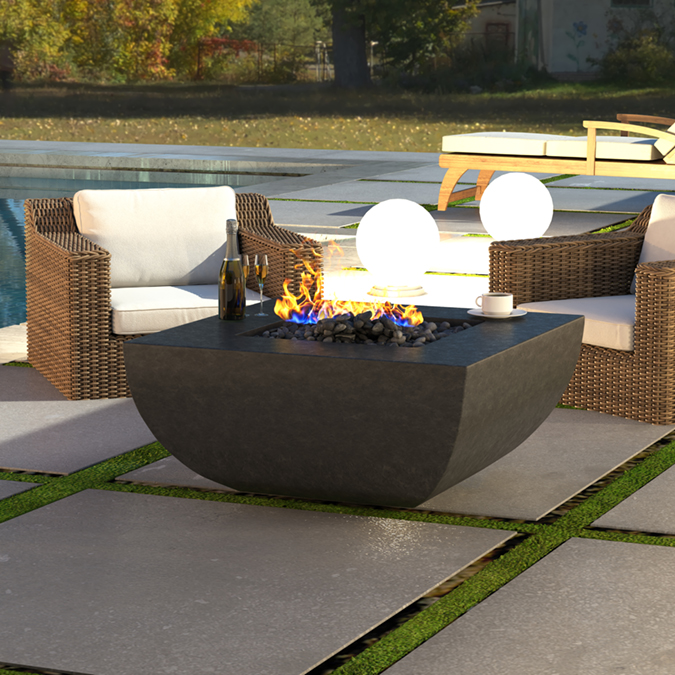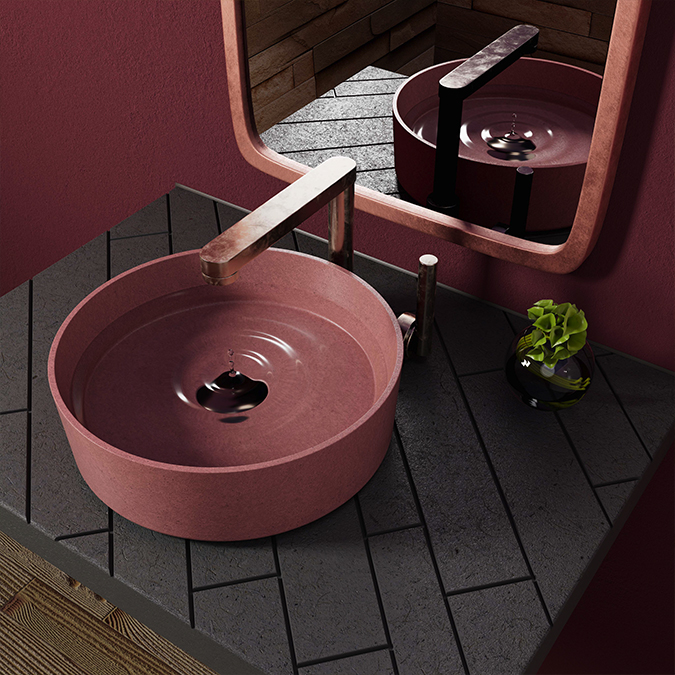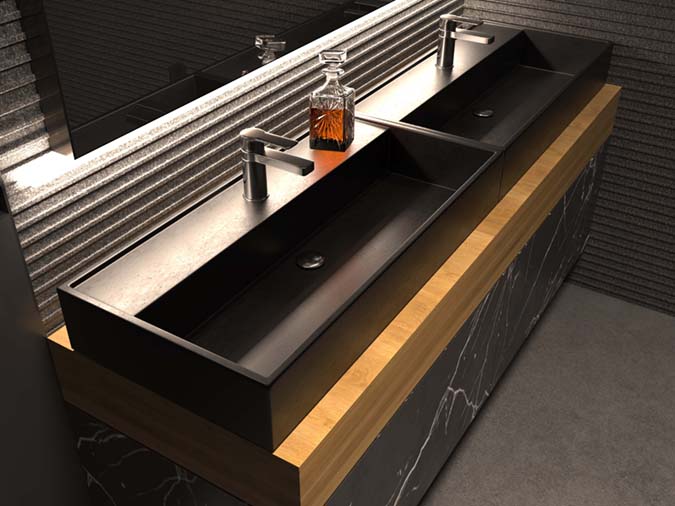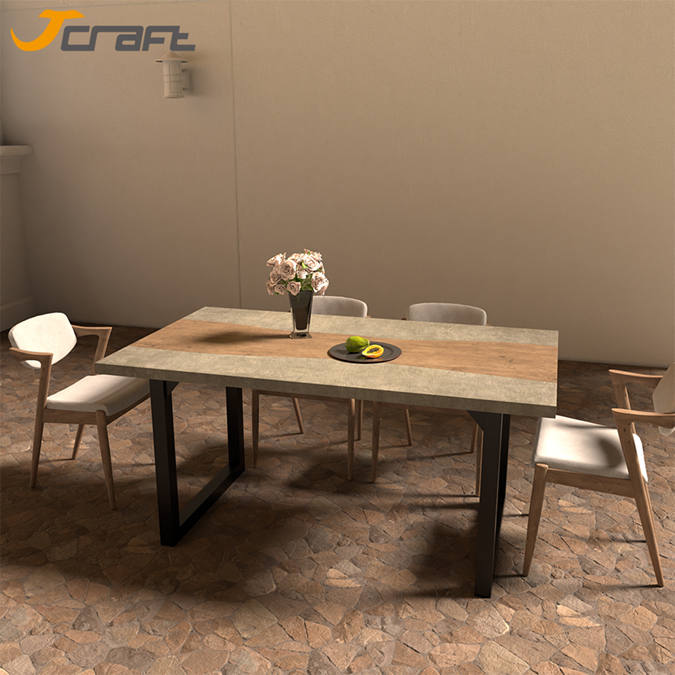In the realm of contemporary home design, the selection of materials is not only about functionality and durability but also embodies aesthetic pursuits and cultural expressions. Glass Fiber Reinforced Concrete (GRC) has emerged as a novel building material due to its unique physical properties and malleability, offering infinite possibilities in furniture design. This article aims to explore how GRC furniture expresses individuality and artistic value through different colors and textures, and discusses how artists and designers creatively utilize GRC materials to create works that are both functional and aesthetically valuable.
|
A Dialogue Between Color and Emotion
Color is one of the most direct languages in visual art, capable of evoking emotional resonance and conveying specific cultural meanings. The color expressiveness of GRC furniture is attributed to the material’s inherent adjustability. By adding various pigments or employing different surface treatment techniques, GRC furniture can present a wide range of colors—from natural earth tones to vibrant modern hues, and even metallic finishes or antiqued effects. This diverse palette allows each piece of GRC furniture to convey unique emotions and atmospheres according to the designer’s intent and the user’s needs. For instance, soft beige and gray tones create a warm and comfortable living environment; bold reds or blues, on the other hand, convey a lively and contemporary feel.
Sensory Experience Through Texture
Beyond visual enjoyment, GRC furniture offers tactile surprises. By carving, sanding, or polishing the material’s surface, designers can endow GRC furniture with a variety of textures, from smooth and glossy to rough and rustic. This diversity in texture not only enhances the artistic quality of the furniture but also provides users with a rich tactile experience. Smooth surfaces reflect light, adding brightness to spaces; while rough textures evoke a sense of returning to nature, reminiscent of the primal landscape. By perceiving the temperature and weight of the material through touch, GRC furniture becomes a bridge connecting humans with nature.
The Integration of Creativity and Technology
The malleability of GRC material provides designers with vast creative space. With advanced manufacturing technologies and mold designs, designers can transform abstract concepts into tangible forms. Whether streamlined designs or geometric combinations, GRC furniture can embody the unique perspectives and innovative thinking of designers. Additionally, GRC material allows for intricate patterns or reliefs to be added to furniture surfaces, making each piece a unique work of art. Such pieces are more than just furniture; they are sculptures within the home, reflecting the taste and lifestyle of their owners.
In conclusion, GRC furniture stands out in contemporary home design with its unique colors and textures. Through the ingenuity of artists and designers, GRC material demonstrates endless potential, creating works that are both practical and full of artistic charm. In the future, with advancements in material science and evolving design concepts, GRC furniture will undoubtedly continue to play an important role in many homes, serving as a significant link between everyday life and artistic expression.
Post time: Sep-09-2024




